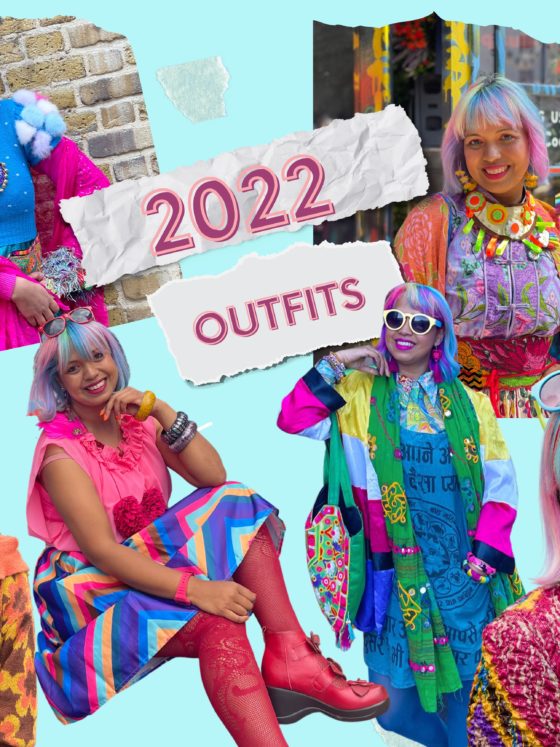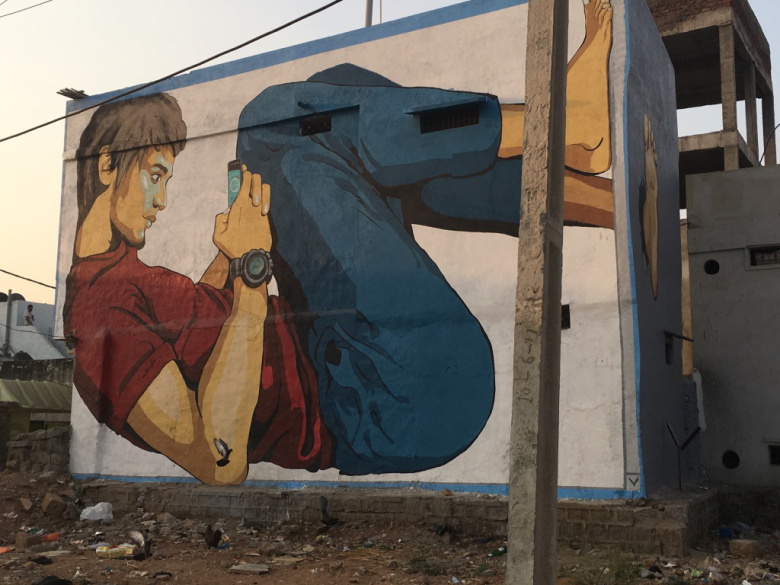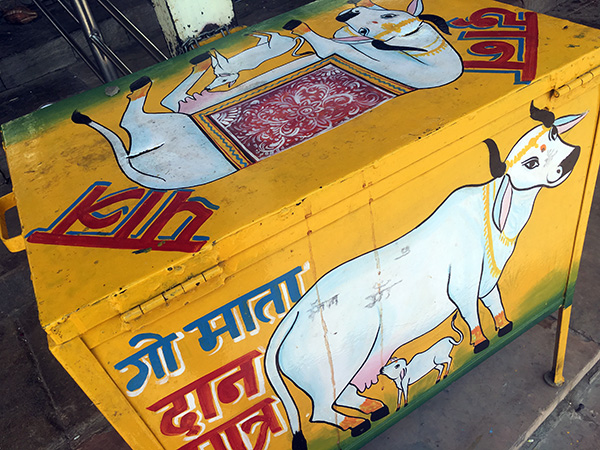Everything you ever wanted to know about t-shirts… ‘T-shirt: Cult Culture Subversion’ at the Fashion and Textile Museum

I’m so clueless about t-shirts that it wasn’t until I went on a tour of the new T-Shirt: Cult – Culture – Subversion exhibition that opened this week at The Fashion & Textile Museum in London that I realised they are ‘T shaped.’ I mean how can I be a fashion fan and not know that? Seriously that bit of knowledge completely passed me by, but maybe it’s because in truth I have absolutely no interest in t–shirts.
I don’t own any other than a couple from my youth (three band t-shirts which I didn’t actually wear, I bought them as memorabilia). You won’t even find me wearing them at the gym, I opt for vests, and when I’ve ever been in a situation where I’ve been told to wear one as a uniform, I tend to revolt. That said I did once teach a how to customise a t-shirt workshop but then again, the object of the session was to transform them as much as possible from their original form. So when I heard about this exhibition I wanted to go because I realised this was my opportunity to get a better understanding of what this most common of, casual garment is all about. And while I have in no way converted, I have a new found respect for the humble tee…





The exhibition ends on a ‘plain white t-shirt’ (I don’t even own one of them) but before you get there, there’s another 100 tees to look through spanning 50 years, sourced from the archives of artists, fans and collectors. It’s not a definitive history (t-shirt shaped garments are thought to be one of the earliest ‘fashioned’ items of clothing worn in as early as the 5th century – now there’s a fashion fact for you.) But what you will find is 11 distinct sections considered ‘milestones’ in t-shirt evolution.
‘The earliest t-shirt shaped garments can be traced back to the 5th century’
These include techniques such as screen-printing which opened up the ability to make them on bigger scales, band t-shirts which although are now considered a fan item actually originated as the uniform of the roadies and crew and political tees – and there’s me thinking they all came under the heading ‘slogan tees’, there’s so much more to them than that. The message you wear can broadcast a social, political or even musical message and if you truly want to broadcast with todays tech you can, there’s an LED t-shirt on display which can even display live Tweets.
One of the things that is fascinating that I didn’t appreciate before, is that t-shirts are universal because of their price point, you can pick one up for a few pounds, from an ordinary store or you can spend £700 on a designer one (why I’m not sure but it happens!)
Another aspect I found of interest is the ‘power of the t-shirt’ and this dynamic explains one of the reasons I’m not a fan. I like to look ‘unique’ different, knowing it’s highly unlikely I will cross paths with someone wearing the same as me, but because t-shirts are mostly mass-produced that’s not the case but also does that weaken their message too? If there’s one t-shirt with a political message on is that strong alone or will it have no impact and if everyone is wearing the same t-shirt does that empower the message or make it meaningless – so much food for thought? My original feeling at the exhibition was that it lessens the impact but now I think if everyone is wearing the same t-shirt with the same message then that message will make its mark.
Another aspect I found interesting was the smiley faced t-shirts, my association with them was the 90s rave scene but I a) didn’t realise that the smiley was actually from the 60s and 70s and more interestingly b) the current emoji faces are also versions of the smiley – yup that never clicked with me either, maybe I’m just really late but it does help me make more sense of why humans have taken to them so much, smileys in general have a universal appeal.
‘How does the meaning of a Superman t-shirt change when a woman wears one?’

There’s also a display of unisex t-shirts. In stores you often find male and female sizes of the same t-shirt or variations (yes the pink and blue versions) but one could just ignore that and wear a t-shirt meant for a different body, and if you do is there any specific effect? How does the meaning of a Superman t-shirt change when a woman wears one? It’s again not something I considered but in truth if you asked me I would associate a girl with wearing a Superman logo as being Supergirl but now I realise I’m completely rigid in my thinking a girl can be Superman if she wants right?
A: The Typography of T-Shirts

Separate to the main sections in a room of its own is an extraordinary exhibition by New York photographer Susan Barnett. Her work spans a decade during which time she’s photographed hundreds of people she’s spotted on the streets, from the back, and 65 of them are on display. It’s so striking to see all the same composition but each image telling such a different story. Her work touches on themes of identity and how you can form an opinion about someone just from seeing what the back of their t-shirt says. Susan was at the exhibition opening where she said: ‘Their choice of t-shirt tells us who they are, who they want us to think they are, who they aren’t – they want to be noticed, they are putting their message out there and it starts a conversation.’
‘You can form an opinion about someone just from seeing what the back of their t-shirt says.’
I’d never thought of it life this. Commonly I see people in what I think are ridiculous messages which I feel says nothing about their personality but in fact I have over-looked the fact that they have made a conscious decision to wear that t-shirt so it must mean something to them.
Susan has also made some fascinating observations about how messages can change over time, explaining that in the US in 2009 just after Obama has been elected in the States she saw a lot of people wearing hopeful messages but as time has gone on and people have started to get more angry and dissatisfied the more political their slogans become and the more swear words you’ll see.
While the main exhibition is all about the front of t-shirts, seeing just backs of them worn on people is a completely different experience because we get just a hint of the person, but we never see them. It’s a powerful piece and has really got m thinking about when I next see someone wearing a t-shirt, in particular with words or a slogan, I’m going to wonder more about what kind of person they are for choosing to wear it.

‘T-shirt: Cult Culture Subversion’ takes place at the Fashion and Textile Museum London from 9th February to 6th May 2018. Tickets cost £9.90 for adults and there are also a series of accompanying talks.
www.ftmlondon.org








